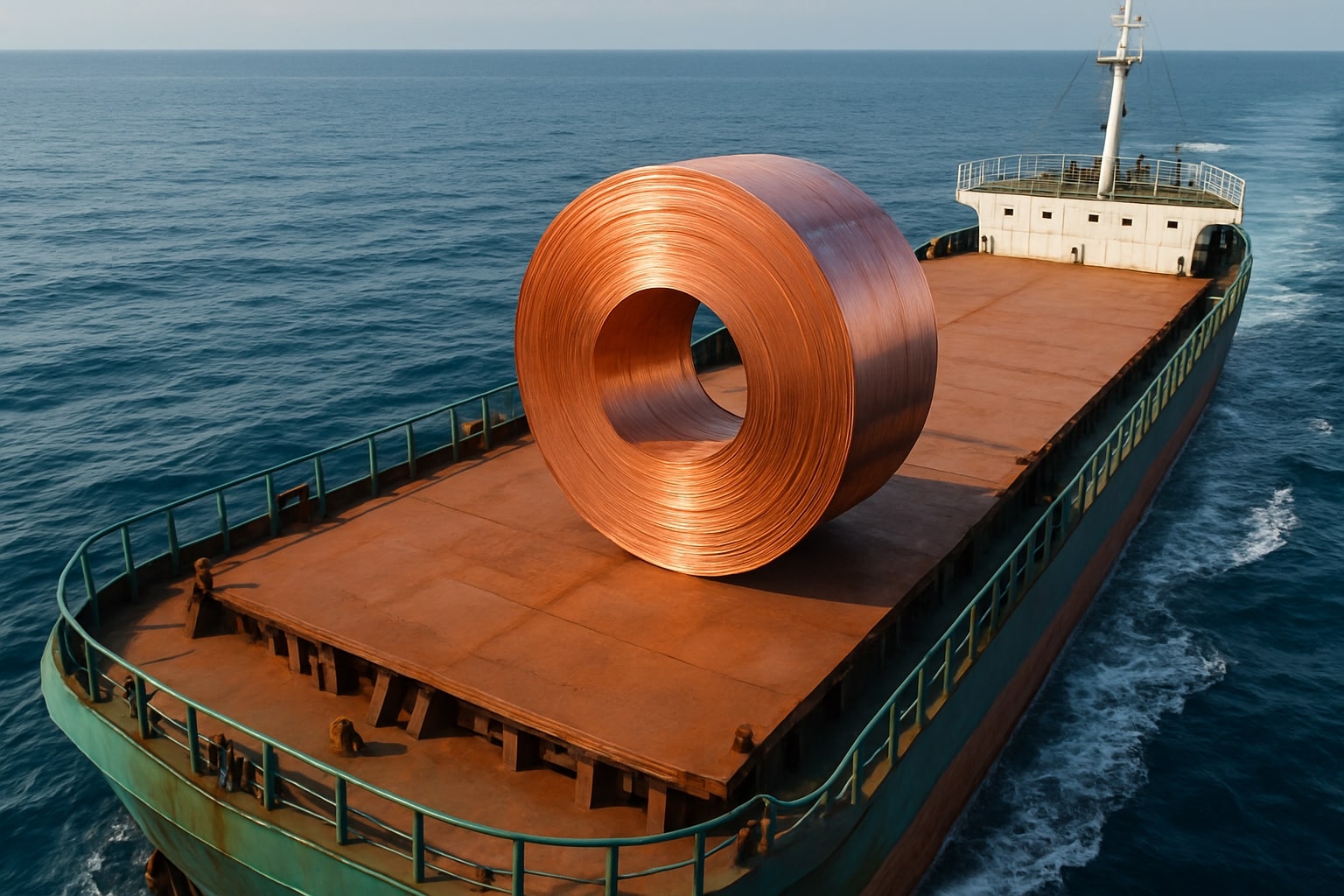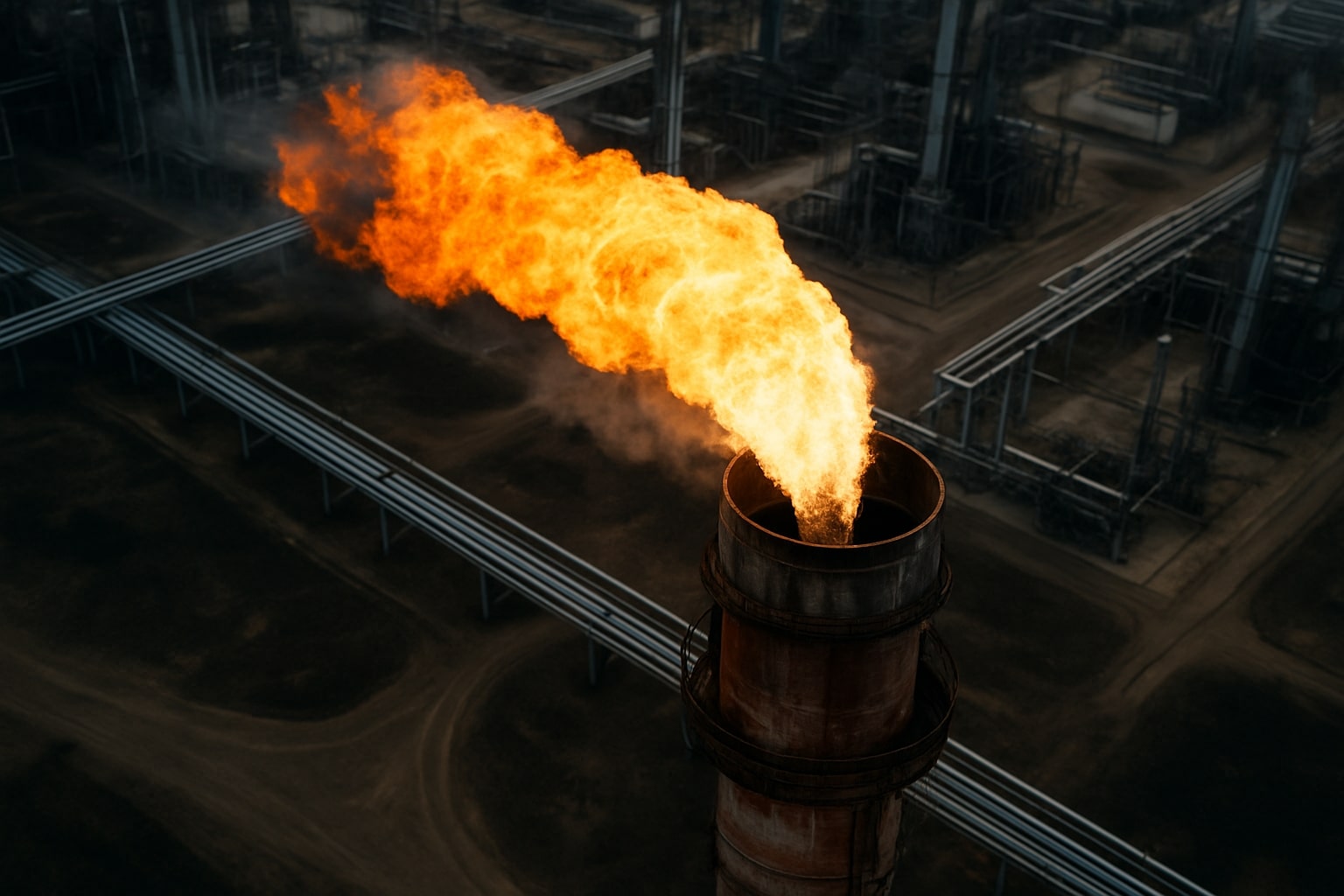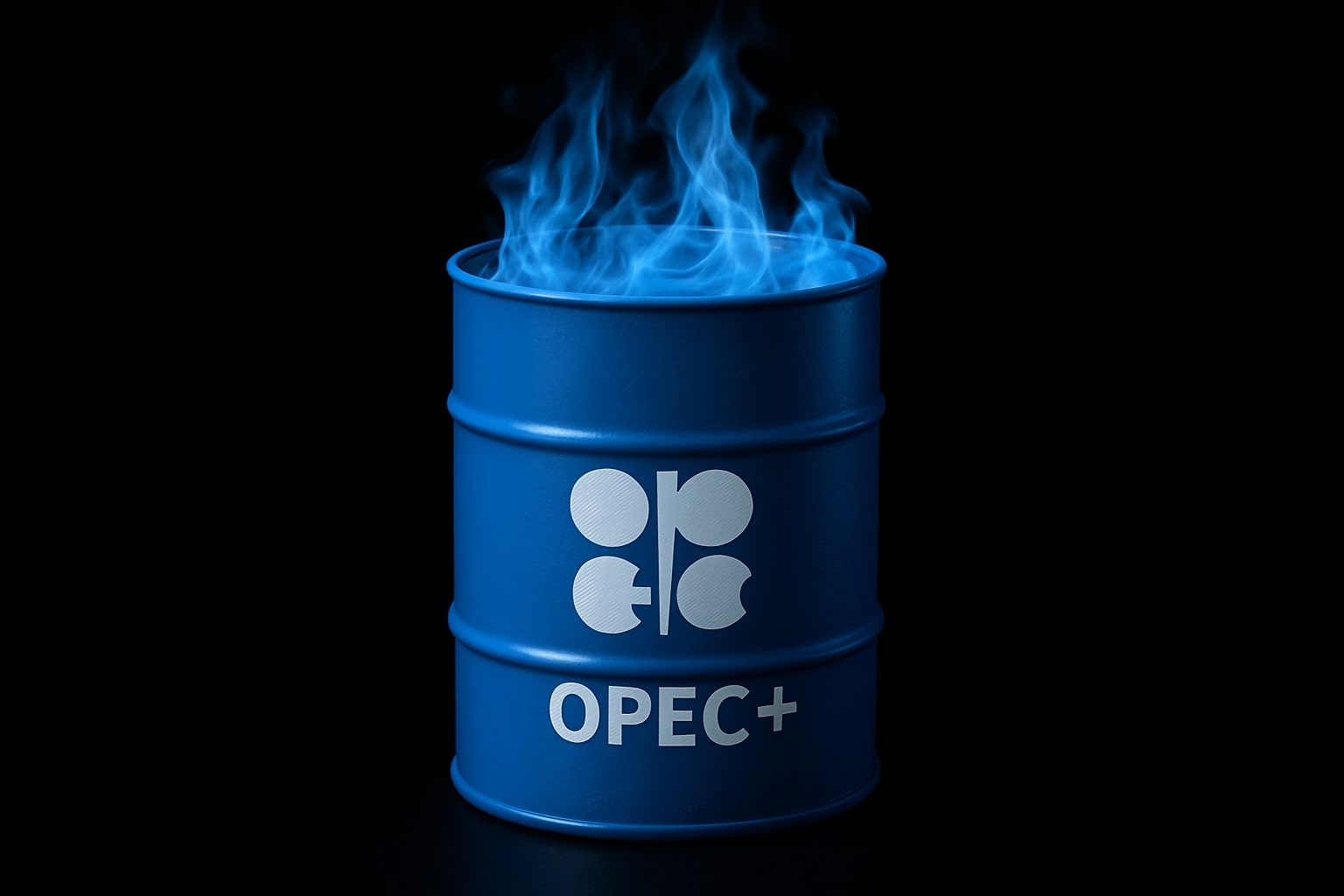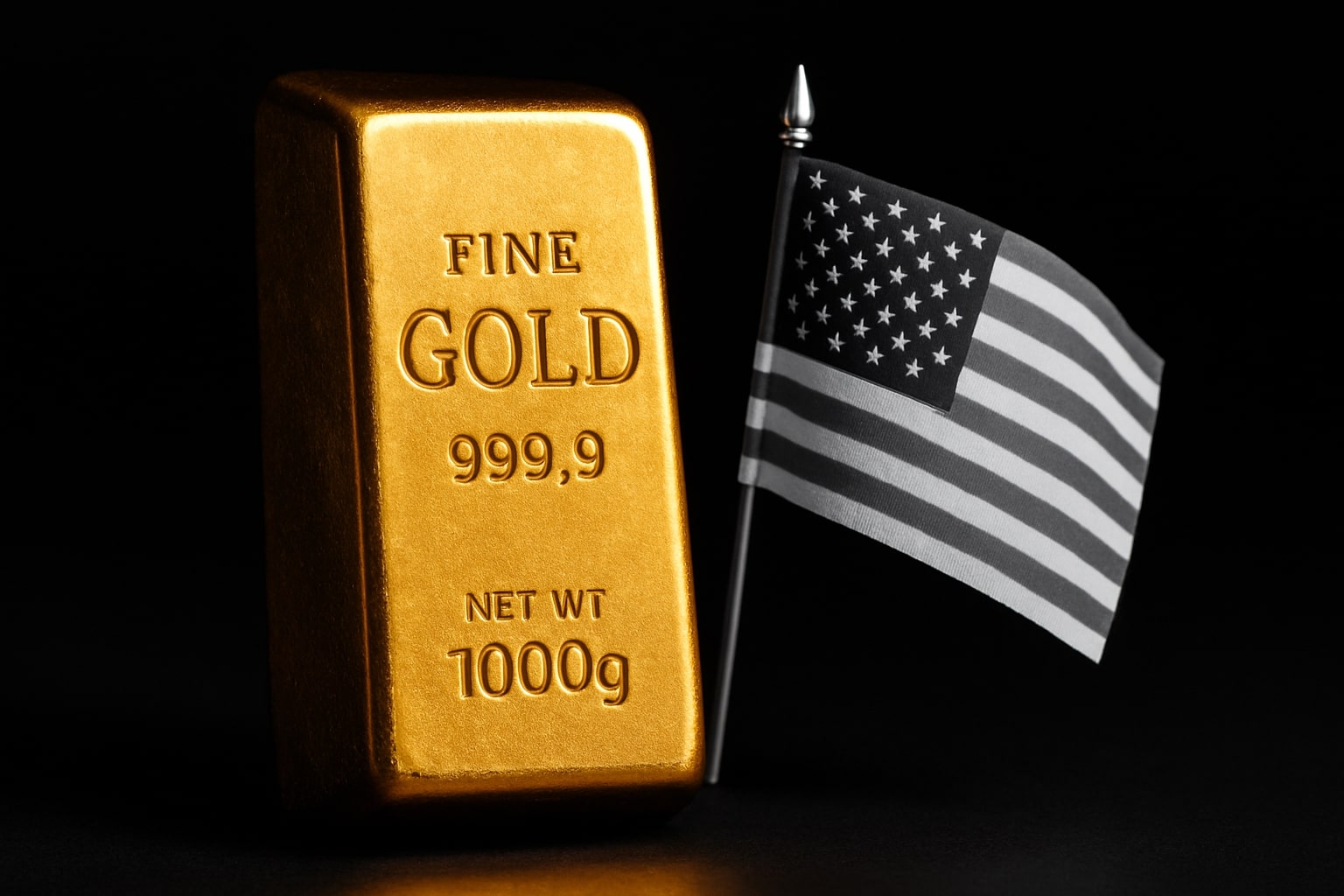
Copper Price Forecast: HG=F Struggles at $9,882 But Supply Deficit Signals More Upside
China’s scrap buying spree, U.S. construction costs, and Fed policy shape copper’s path as HG=F balances $9,700 support against $10,300 resistance | That's TradingNEWS
Copper Price Analysis: HG=F Rides Dollar Weakness, Scrap Battles, and Construction Demand
Copper (HF=F) has once again become the focal point of the industrial metals trade, with prices on the London Metal Exchange holding just under the symbolic $10,000 per ton level and COMEX futures settling at $4.598 per pound, equivalent to $10,137 per ton. On September 2, three-month copper on the LME slipped fractionally to $9,882 per ton, while the most-traded Shanghai Futures Exchange contract traded at 79,660 yuan ($11,137), reflecting a narrow pullback after weeks of strength. Despite short-term hesitation linked to trade war concerns and a firmer U.S. dollar, copper remains supported by steady Chinese demand, institutional accumulation, and tightening long-term supply prospects.
Macro Drivers: Fed Policy, Dollar Dynamics, and Chinese Demand
Expectations that the U.S. Federal Reserve could cut interest rates at its September meeting have weighed heavily on the dollar, supporting copper’s resilience. The dollar index climbed 0.2% to 97.873, putting pressure on commodities, yet copper’s dip remained shallow as China’s August PMI showed the fastest expansion in five months, driven by strong new orders. China continues to account for over 50% of global copper consumption, with visible demand rising nearly 10% year-over-year in H1 2025, according to Zijin Mining Group. This consumption trend, even amid patchy macro data, has prevented a deeper correction in copper despite broader trade frictions.
Technical Picture for HG=F and Resistance Levels
Copper’s breakout above its four-week consolidation phase in late August pushed LME contracts to $9,928 per ton, marking the start of a new uptrend that is still technically intact. Resistance remains firm at $10,200–$10,300 per ton, where selling has capped upside multiple times this year. On the downside, immediate support sits near $9,700, a level highlighted in late August forecasts, with a deeper floor at $9,300 if profit-taking accelerates. Technical traders argue that only a sustained close above $10,300 would unlock the pathway toward $11,000, last seen in early 2022.
European Scrap Tensions and China’s Buying Spree
A parallel story is developing in the copper scrap market. Chinese imports of European copper scrap rose 3.5% year-over-year in the first seven months of 2025, totaling more than 204,000 tons, creating severe shortages for German and EU smelters. German Economy Minister Katherina Reiche has publicly warned that large smelters are “no longer getting raw materials,” as Chinese buyers consistently outbid European competitors. Scrap represents a critical piece of the copper equation, requiring 85% less energy to process than primary ore and forming the backbone of Europe’s circular economy plans. With LME prices already volatile between $9,000–$10,000 per ton, the loss of scrap supply could further tighten European manufacturing chains, particularly in automotive and electrical equipment.
Structural Deficit Risks and Mining Supply Constraints
The supply gap looms large over copper’s medium-term outlook. Average ore grades have fallen from 1.6% in 1900 to just 0.6% today, according to USGS, raising extraction costs and slowing output growth. Chile’s Codelco, the world’s largest producer, continues to struggle with higher costs from deeper mining, while new large-scale projects face 15–20 year development timelines. Years of underinvestment in exploration during periods of weak prices mean the pipeline of future mines is thin. The International Energy Agency projects global copper demand will rise from 25.2 million tonnes in 2023 to 30.1 million tonnes by 2030, driven primarily by electrification, EV infrastructure, and renewable energy projects. This sets the stage for a structural deficit in the late 2020s.
Impact on Construction Costs and U.S. Market Dynamics
In the U.S., copper has become a central driver of rising construction costs. National building costs climbed 2.7% in Q2 and 5.4% year-over-year, with Milwaukee posting a sharper 4.5% quarterly increase. Copper pipe prices rose 20% over two years, while copper wire added 10%, contributing to a 6.7% YoY construction cost spike in the region. Data center construction is a key demand driver, supported by growth in cloud and AI infrastructure. At the same time, tariffs on Canadian lumber have surged to 35%, lifting other material costs and magnifying copper’s role in total project budgets. Contractors report “hyper awareness” of copper prices as volatility threatens to derail project margins.
Investor Positioning and Industrial Implications
The current environment has drawn investor attention to copper producers and project developers. Companies like Axo Copper, Nicola Mining, and American West Metals are advancing exploration in anticipation of a market squeeze. At Axo’s La Huerta project in Jalisco, drill results have shown up to 7.4% copper over 7.6 meters, highlighting high-grade potential at a time when new supply is scarce. Investors comparing copper to uranium note similarities with the 2018–2020 period when weak prices masked future deficits, only for prices to later deliver triple-digit returns.
Verdict on Copper (HG=F) Outlook
With HG=F trading around $9,882–$10,137 per ton, the market remains caught between macro headwinds from trade policy and a strong long-term bullish setup built on supply deficits, China’s scrap acquisitions, and electrification demand. Technical levels at $10,300 are crucial to breaking higher, while downside risks hinge on dollar strength and profit-taking. The evidence from demand, constrained supply, and construction cost pressures indicates that copper retains a bullish profile. Despite short-term volatility, the imbalance between growing consumption and limited new supply argues in favor of further upside, positioning copper as a Buy on weakness and a core industrial metal play heading into 2026.
That's TradingNEWS
Read More
-
Amazon Stock Price Forecast: AMZN’s Upside From $227 to $270 Driven $38B OpenAI Partnership
08.12.2025 · TradingNEWS ArchiveStocks
-
Solana Price Forecast - SOL-USD at $134.43; $65M ETF Inflows and Breakpoint 2025 Fuel Target Toward $160
08.12.2025 · TradingNEWS ArchiveCrypto
-
Natural Gas (NG=F) Price at $5.03, Coldest Winter Ignite Rally Toward $7
08.12.2025 · TradingNEWS ArchiveCommodities
-
Stock Market Today: Nasdaq Jumps to 23,627, Dow Jones at 47,774 as PSKY and IBM Stock Dominate Wall Street
08.12.2025 · TradingNEWS ArchiveMarkets
-
USD/JPY Price Forecast: Dollar Climbs to ¥155.80 as Japan’s Wage Boom and 90% BoJ Hike Odds
08.12.2025 · TradingNEWS ArchiveForex



















